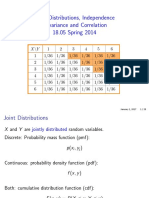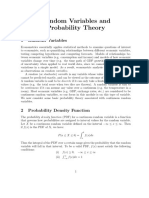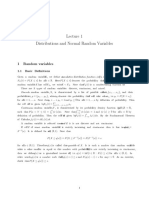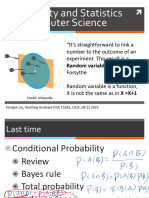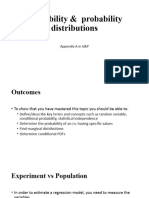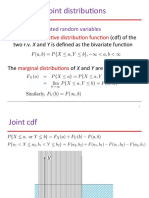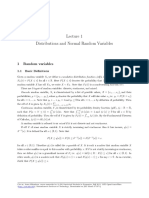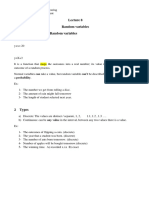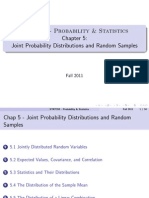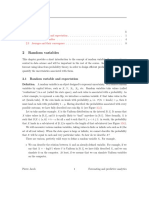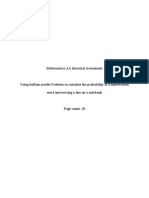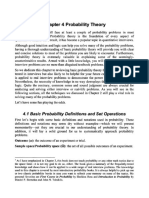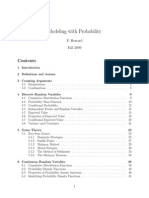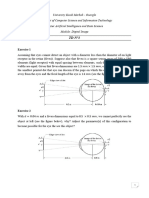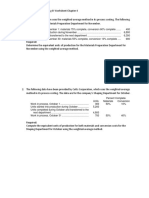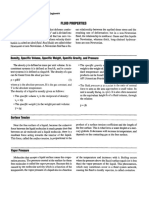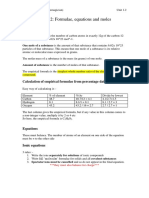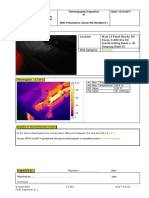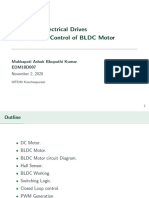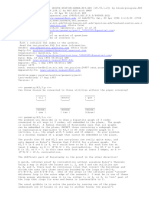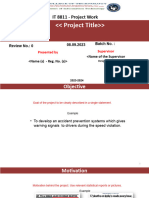0% found this document useful (0 votes)
72 views62 pages07 Covariance Answers Hidden Lecture
This document discusses the concepts of independence, covariance, and correlation in probability theory. It defines independence of random variables, provides the factorization formula, and introduces Buffon's Needle Problem as a practical example. Additionally, it explains covariance, its interpretation, and alternative formulas for calculating it.
Uploaded by
Rasha Elsayed SakrCopyright
© © All Rights Reserved
We take content rights seriously. If you suspect this is your content, claim it here.
Available Formats
Download as PDF, TXT or read online on Scribd
0% found this document useful (0 votes)
72 views62 pages07 Covariance Answers Hidden Lecture
This document discusses the concepts of independence, covariance, and correlation in probability theory. It defines independence of random variables, provides the factorization formula, and introduces Buffon's Needle Problem as a practical example. Additionally, it explains covariance, its interpretation, and alternative formulas for calculating it.
Uploaded by
Rasha Elsayed SakrCopyright
© © All Rights Reserved
We take content rights seriously. If you suspect this is your content, claim it here.
Available Formats
Download as PDF, TXT or read online on Scribd
/ 62
